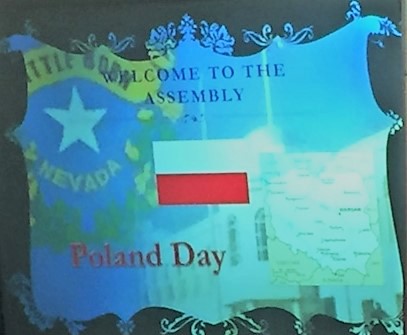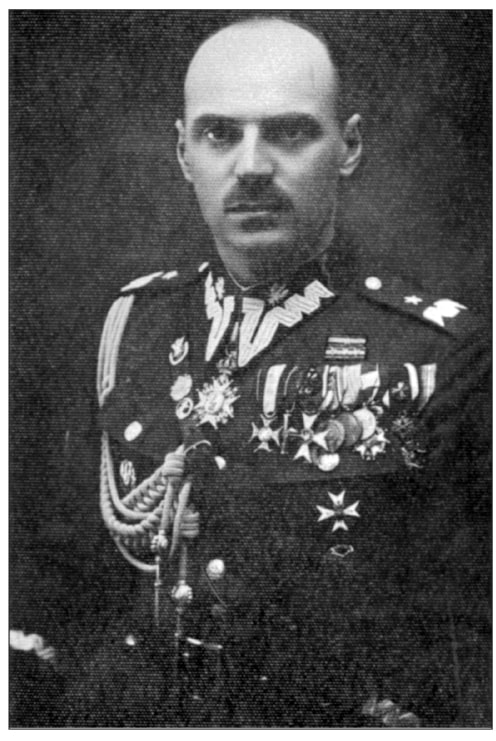
Prof. Norman Davies is compiling the stories of Anders’ Army. Accounts, photographs and documents – collected through crowd-sourcing – will be used to reconstruct the fate of Polish soldiers and civilian refugees from the Soviet Union. The project is called Trail of Hope.
A website – www.andersarmy.com – will gather materials, documents, data and any other references to Anders Army submitted by the online public. All data will be marked on a virtual map, divided into themes and placed on a timeline. Visitors to the site will also be able to clarify the information already posted. In Spring 2015, selected materials will be published in a Trail of Hope book created by Davies himself.
The history of this odyssey is less known in Poland than the other episodes of the Second World War. For several years, the Polish Army story as well as its commander, General Władysław Anders, were taboo in Poland. Anders’ Army was created by the inhabitants of the eastern borderlands, who never returned to their homes and were scattered around the world. There were people from Vilnius, Lvov, Stanisławów, Tarnopol who had lost everything and had nowhere to go. For them, Warsaw or Krakow were completely foreign cities. Most of those who survived, emigrated – said the historian.
The Poles who were in Anders’ Army or under its care were deported between ’39 and ’41 from the eastern borderlands. They were sentenced to the Gulag, from where hardly anyone came back. In 1941, it was the only time in the history of the Soviet Union when Stalin issued a so-called amnesty for people who were completely innocent. With this strange situation, the only group in the history of the Gulag came straight from the camps and joined the Polish Army. This was the first step to escape from Russia. Anders’ Army went from the Soviet camps, through the deserts of Central Asia and the Middle East to Europe.
Nearly 116 thousand people (including more than 78 thousand soldiers and 37 thousand civilians), were transported in two stages. This was less than 10 per cent of population exported from the eastern areas of the Republic of Poland into the Soviet Union.
Trail of Hope – the name captures very well the sense of this odyssey, which was attended by hundreds of thousands of people fleeing from the Soviet Union. – said Prof. Davies
Norman Davies is a British historian (b. 1939), professor of the University of London and a member of the Polish Academy of Sciences. He received his doctorate in 1973 at the Jagiellonian University (Krakow, Poland). He is the author of many works on the history of Europe and Poland, such as:God’s Playground; Heart of Europe; White Eagle, Red Star: The Polish-Soviet War, 1919-1920,and Rising ’44. He is a respected propagator of Polish history abroad.
Source: PAP.pl, ed. & translated: Katarzyna Maksimiuk,
http://culture.pl





